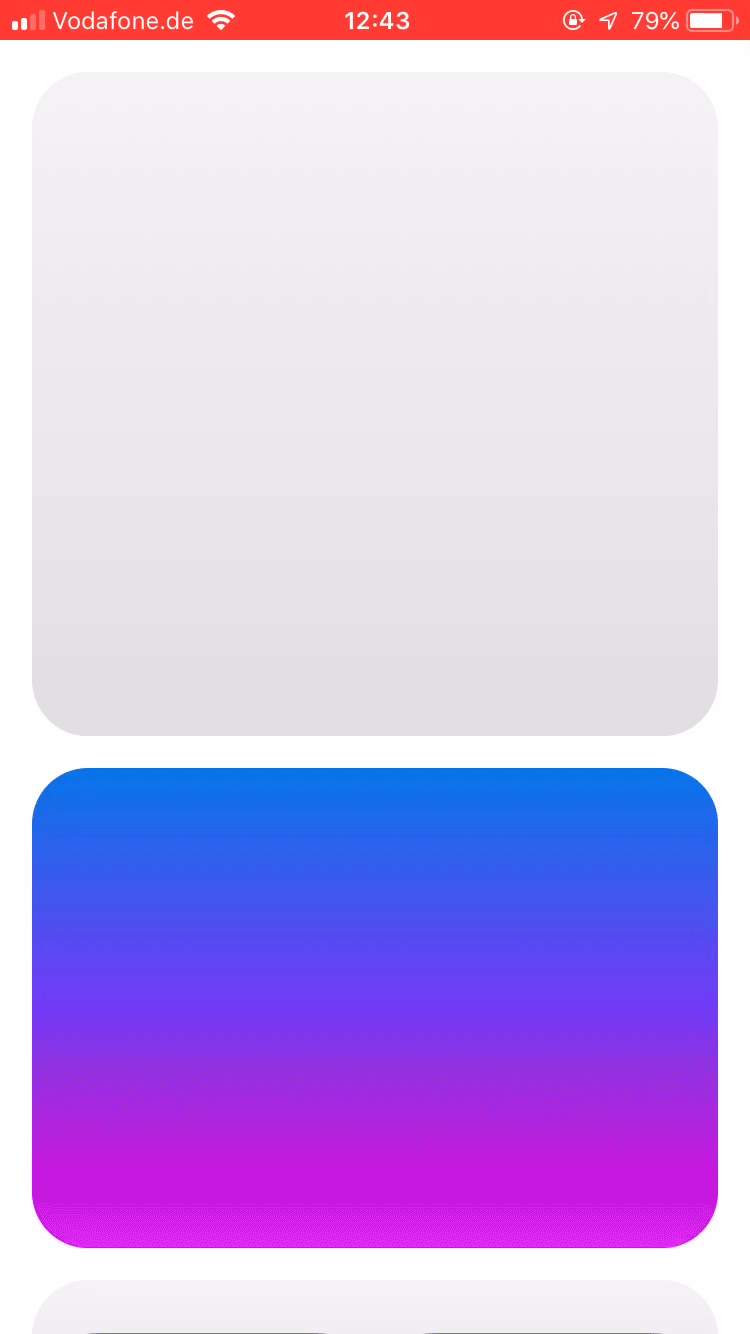BUILD
Creating a personal sound profile to take everywhere you listen.
SKILLS
information architecture,
journey mapping,
design systems
ROLE
UX, UI, motion
COLLAB
iOS/Android dev,
visual design,
product owner,
product marketing,
STRATEGIC GOAL
In order to make Mimi the gold standard for personalized audio wherever people listen, we have built a mobile SDK that contains all essential features of the sound technology and UX. The Sound Profile is the premiere moment to engage users to use personalized sound on their current device, and reuse their Hearing ID on other devices in the future.
The product challenge moved from building a pitch-perfect app toward creating a flexible toolkit that integrated into an ecosystem of various audio apps and devices.
JOURNEY MAPPING USER ENGAGEMENT
Informed by business goals and product strategy, our scope encompassed a robust SDK product supporting all mobile devices (iOS, Android) and three use-cases: personalized smartphones, companion apps for headphones and TVs. In order to find a universal user flow, we journey-mapped the levels of user engagement, to define requirements for our product designs.
Journey map showing all key functionality needed for each touchpoint to convert users into higher and higher engagement levels in the personalized audio ecosystem.
DESIGN PRINCIPLES
A meticulous benchmark on contemporary best practices and our software needs, we arrived at the following principles to drive design work on the Sound Profile.
Compact
Consciously limit space and attention footprint.
Fluid
Aid navigation with informative transitions.
Glanceable
Show simple stats and graphics to motivate engagement.
Contextual
Alter the UI meaningfully for different devices.
IA
Dictated by the universal user journey, all profile features were mapped out to support product planning and feature prioritization. Driven by design principles, we arrived at a joint engineering–design decision to build self-contained modules that are configured depending on what makes sense for the user at a certain moment on their device.
A UX architecture overview showing a modular system of features (object-oriented UX).
UI DEVELOPMENT
The UX architecture required several new components to be added to our semantic design system, to house all needed functionality flexibly. Several iterations of UI work we landed at a header–card–bulletin structure that fits all needs while minimizing complexity.
To optimize conversion from potential customers to Hearing ID users, the UI transitions limit friction between each key action, to guide users through onboarding, nearly unnoticeably.
Quick prototype to showcase transitions and scroll behavior.
PROFILE ANATOMY
Essentially, each touchpoint of the Personalized Sound Ecosystem is unique, users, devices, needs are different. To allow for various card configurations, the modular system is set up flexibly yet with a few meaningful constraints.
The final designs aim to unify our cross-platform design system into a simple, modular, themable UI kit that results in a lightweight yet beautiful brand experience.
iOS
ANDROID
FINAL IMPLEMENTATION
The Mimi mobile SDKs are at an MVP stage and iterative testing phase, this feature is yet to be released in partner products. I omitted some graphical details for reasons of confidentiality. Credits to Ruby Bouwmeester and Merrick Sapsford for collaborating on this project.









